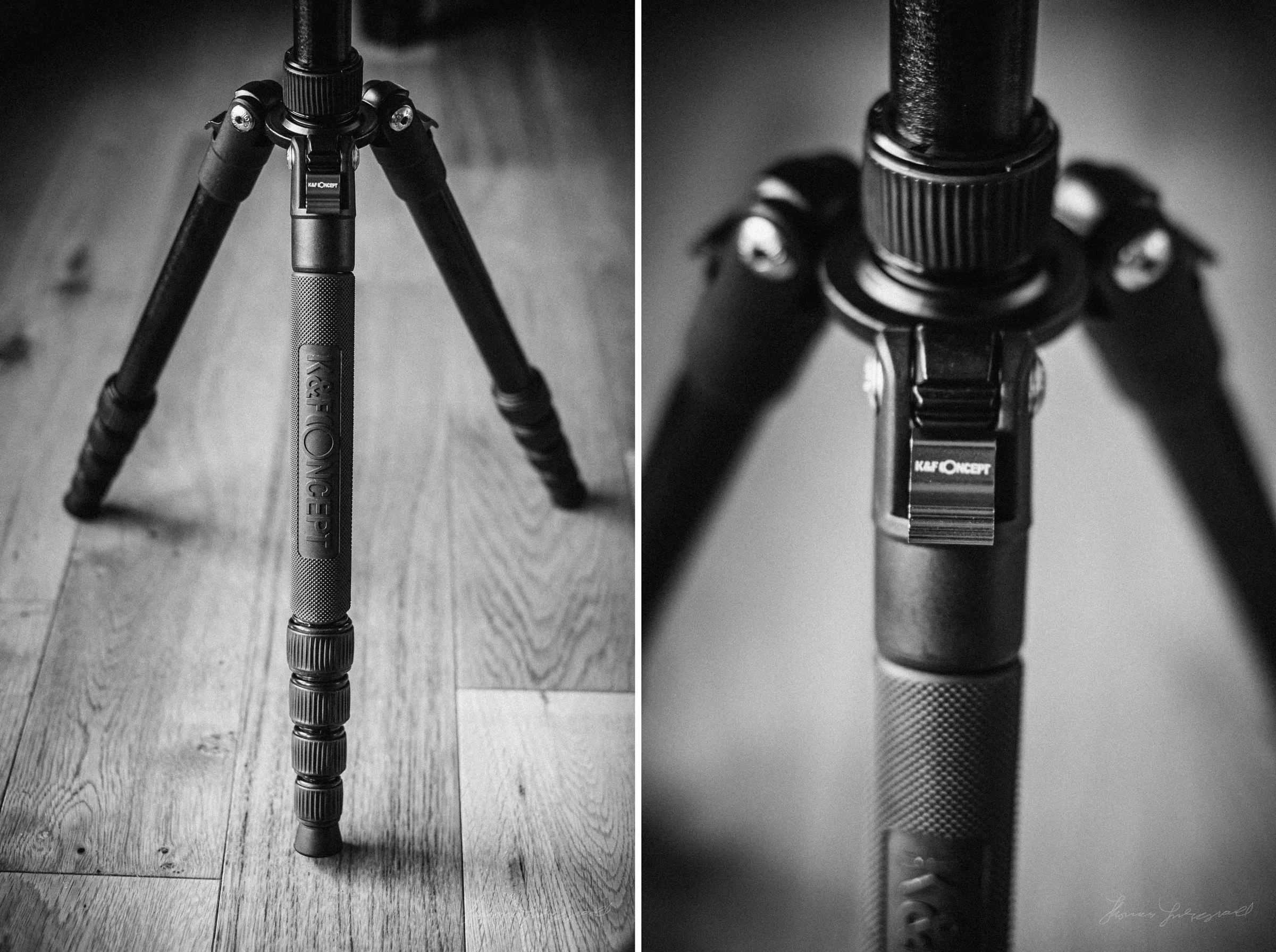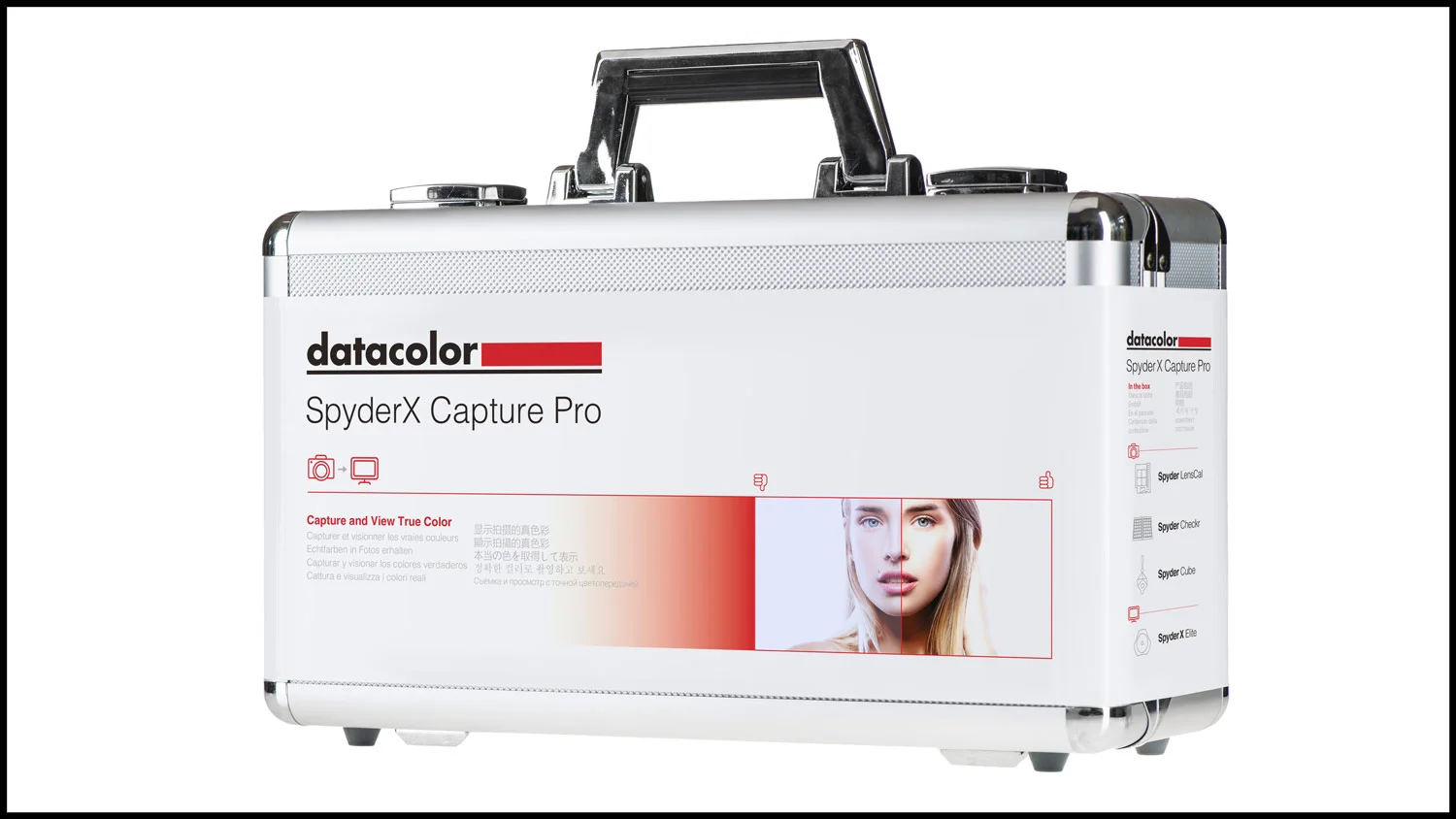The Fujifilm Fujinon 16-80mm lens is one I’ve wanted for a long time, but it has been surprisingly difficult to get hold of here in Ireland. Ever since it came out, the standalone version has been back-ordered, and it was only really available here as part of a kit. I finally managed to get one second hand a couple of months ago, and I’ve been using it a lot since, including taking it on several trips. So, I wanted to do a non-technical review of this lens for those who might be interested.
I wanted to get a more flexible lens option for my mirrorless cameras, as I’m kind of stuck with primes apart from the Fuji 18-55mm. Which is fine for certain types of photography, but not ideal when you want flexibility. I really wanted to get the 16-80 Fujifilm lens, but you just can’t get it anywhere right now, especially here in Ireland. It’s been on the waiting list at most of the stores in Dublin, and you can’t even get it on Amazon. The other option I have been considering is the Sony equivalent, which is the 16-70 f4 Zeiss to use on my A6000. Recently, I saw that my local camera store had this lens second hand at a great price, and so I went in to check it out.
A little while ago I wrote my first impressions of the Fuji X-E4, but having been using the camera for a little while now, I wanted to follow up with some more observations. I often find that a problem with camera review is that they are written after only a short time with a camera, and often miss out on things that come to light later. So, that’s the purpose of this review. It’s not to slam the camera or say it’s the greatest thing ever. It’s to highlight some things, both good and bad, that I’ve discovered while using it, so that if you’re considering purchasing one, you can be fully informed.
I just wanted to share a quick few thoughts on the new APSC RF mount cameras that Canon announced yesterday. It had long been rumoured that Canon would expand the RF range to include APS-C cameras and now that they have, the transition to mirrorless is nearing completion for Canon. But there are a few interesting things about these cameras specifically, and the expansion of the range, and I wanted to say a few quick words on the subject.
Yesterday (Feb 21st) Sigma officially announced that it would start releasing lenses for Fuji’s X-Mount. The initial lenses to be released would be a trio of f/1.4 primes that already exist for other mounts. These are a 16mm, 30mm and 56mm. While this has been rumoured for a while, it’s an interesting development, as these lenses are well regarded on other platforms.
Today, Nikon announced their new retro styled camera, the Nikon Zfc, which wasn’t much of a surprise as it had been rumoured for weeks now, and pictures of it had been leaked for the last little while. I don’t know what it is about camera companies these days, but they can’t seem to keep any product much of a secret before its launch. Even so, it’s nice to see the official details, and for the reactions from the lucky people (who are important enough) to get their hands on it. I have to say, I really like what Nikon has done here, and I would absolutely consider putting this on my shopping list.
A little while ago, I decided to upgrade my Vlogging camera, and so I bought a Sony Z-V1. I had been using a Canon GX1 Mark II, but I wanted something with 4k recording, and the Sony seemed like a good option. I have been using it on and off for the past few weeks, and so here is some early first impressions of Sony’s little Vlogging camera.
Ever since Apple first announced the move to Apple silicon back in July, I’ve been thinking about it a lot. I’ve been wanting to write about it for a while now, but I held off until there were more concrete details. Well, now that the first Macs with Apple silicon have been announced, I can share my thinking on the subject, and what these new systems might mean for creatives.
My X-Pro 2 is not well. I went out to shoot some autumn scenes with it a few weeks ago, and after taking about 20 photos, the camera started acting weird. The screen started breaking up and then the camera completely froze. I couldn’t even turn it off, and I had to take the battery out. I left it out for a little while and put it back in and it worked again for another 10 shots or so, then it started again.
In this second part of my review of K&F Concept’s new filters, I look at the two Variable ND filters the company sent me to try out. Both filters are variable neutral density filters, and they were of two different ranges of ND. To test them out, I set out to try capturing some long exposures in a large park near to where I live.
K&F sent me some of their new filters to review. They included a polarising filter, a UV filter and two different Variable ND filters. In this post, I’m going to look at the first two, a circular polariser and a UV filter.
A little while ago I wrote a post on how I couldn’t understand Canon’s decision to remove 24p from their newest cameras. 24p is considered a standard around the world, and many of Canon’s cameras became so popular for video precisely because they allowed users to shoot in 24p, so it was inexplicable to me that the company had chosen to remove such a key feature. I wasn’t the only one, and there was a wide and loud backlash from users. Well, Canon listened, and has announced that it would be adding 24p to several recently released cameras via firmware.
One of the things that every photographer should have is a good tripod. Over the years I’ve collected many different ones, and I’m always trying different designs and different models. Some can be very expensive, especially if you want a good and light model. One of the problems that I’ve always had is finding one that is light enough to easily carry but sturdy enough to hold a good DSLR rig. So when K&F Concept wanted me to try one of their bigger compact models, I said, sure, why not!
One of the interesting things that comes with the Spyder X Studio Package is the Spyder LensCal. This is a special test chart that makes it easy to calibrate your lenses on a DSLR. Because of the way that autofocus works on a DSLR a lens can sometimes be off with its focus point, and when you focus on an object it can be either very slightly infant or behind the point at which you’re focussing. Most camera offer a way to offset the focus, and the Spyder LensCal provides a way to reliably measure and set it, at least in theory.
The kind folks at K&F Concept sent me a Tripod to review, and I thought I would have a bit of fun and play around with some moody product shots while doing an unboxing. I’ll have a review of the tripod in full soon, but for now, here’s a little gear porn.
I’ve finally gotten around to something I should have done a log time ago. I have finally upgraded the graphics card in my Mac Pro. I had been owing the original and extremely bad (by today’s standards) ATI 5770 and its paltry 1gb or ram. Amazingly enough I managed to get by all these years, but it was becoming increasingly problematic, so I finally ordered a replacement.
I’ve had the Spyder X attached to my computer for over a week now, and for the most part there isn’t much one needs to do. It does continue to work away in the background though, so I wanted to give it some time to see what it was like to be using it over a longer period.
Having worked in both the print, photography and video industries for a long time, I’ve always appreciated the importance of having a properly calibrated display. It can actually make a huge difference, especially if you’re collaborating with others or having you work printed or so on. Over the years I’ve used a variety of calibration tools, and I’ve recently been trying out a new calibration system for my computer, the Datacolor Spyder X.
I’ve seen a few posts lately complaining about new mirrorless cameras not exposing properly compared to what the user is seeing in the EVF. It seems that in a few instances, people are judging exposure purely by what they’re seeing in the viewfinder. Even if you are also using the included light meter, you may still see a different result when looking at images later on your computer. I call this the EVF effect, and if you’re shooting mirrorless, it’s something you need to be aware of.
If you’ve been following his blog for a while You’ll know that I previously posted about wanting a 24-105 (in full frame terms) equivalent for Fuji for sometime. They previously previewed the 16-80mm lens a while ago and put it in the roadmap, but now they've officially announced the launch date and the full specs of it.




















